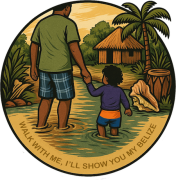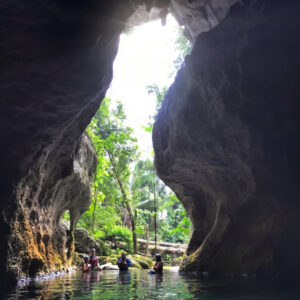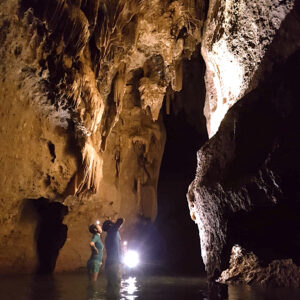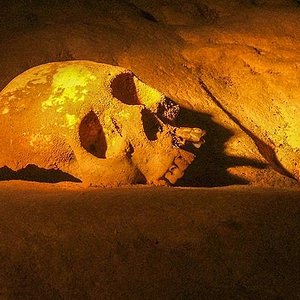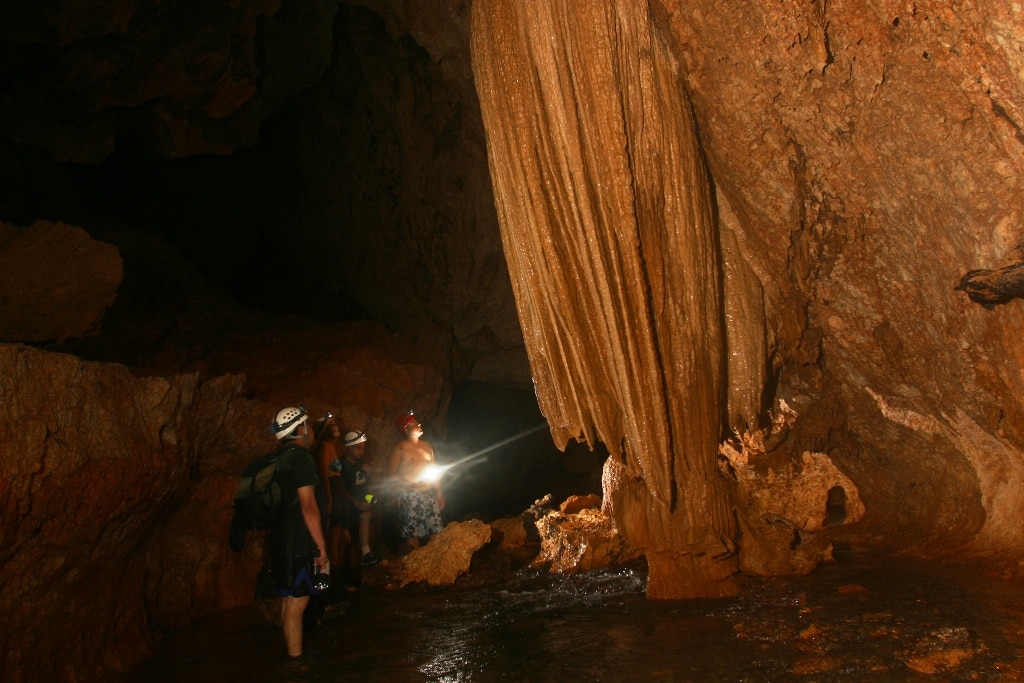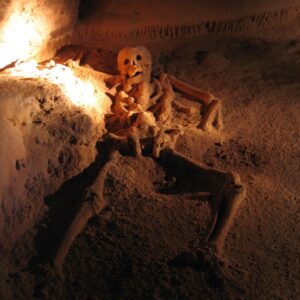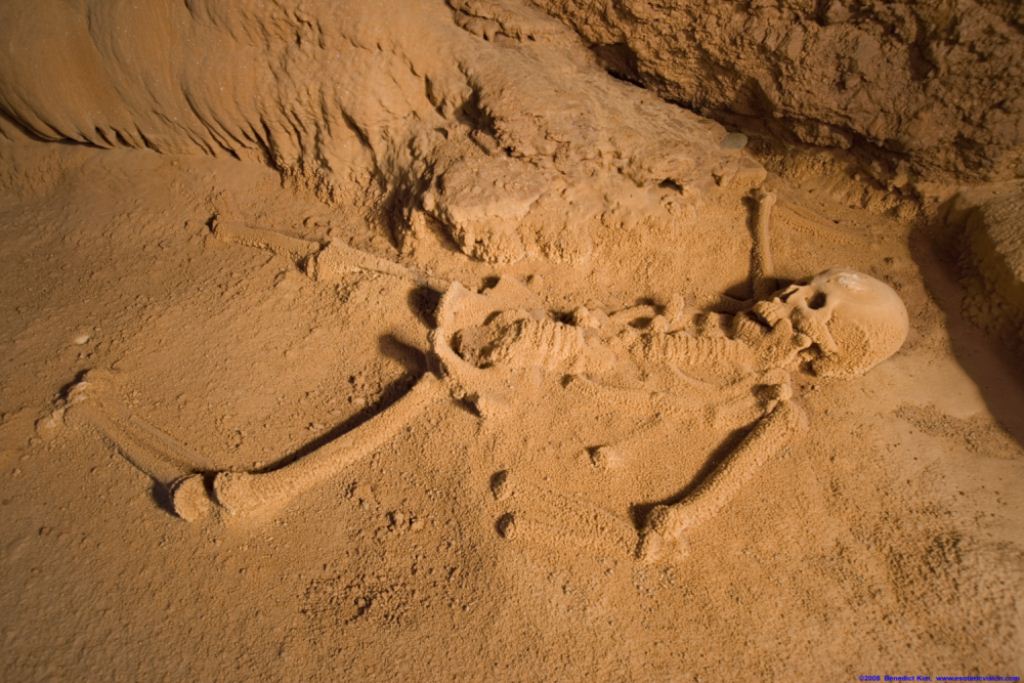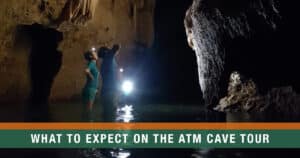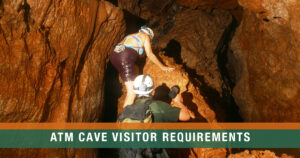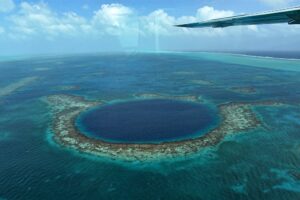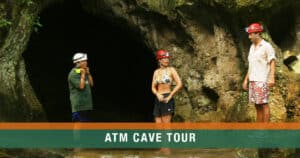Actun Tunichil Muknal: The Maya Underworld of Belize
Deep in the rainforest of western Belize, within the boundaries of the Tapir Mountain Nature Reserve, lies one of the most extraordinary archaeological sites in Central America — Actun Tunichil Muknal, or “Cave of the Stone Sepulcher.”
It isn’t just a cave. It’s a place where earth, spirit, and memory meet — a sacred threshold where the ancient Maya entered the underworld known as Xibalba.
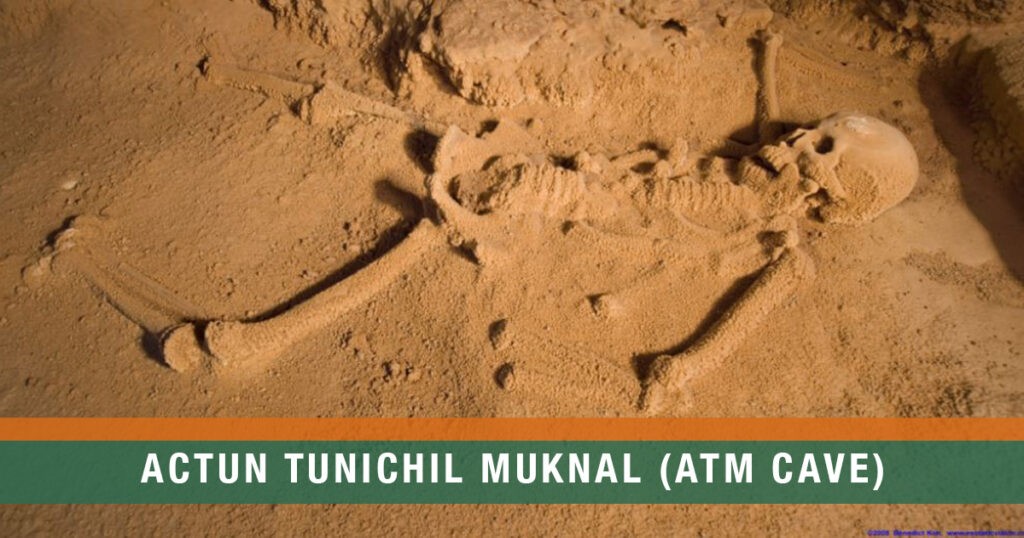
🌿 A Protected World Within a Protected Forest
Actun Tunichil Muknal sits inside the Tapir Mountain Nature Reserve, a 6,700-acre protected zone managed by Belize’s Institute of Archaeology (NICH) and the Forest Department.
The reserve protects the upper reaches of the Roaring River watershed — thick broadleaf jungle, limestone hills, and underground streams that feed much of the Cayo District’s freshwater system.
To reach the cave, visitors hike through lowland forest alive with toucans, motmots, and howler monkeys. Every step you take passes through land that shelters tapirs, jaguars, and the roots of Belize’s ancient hydrology.
The protected status of this area keeps the cave’s ecosystem stable — no outside development, no uncontrolled visitation, and strict rules enforced by licensed guides.
🕯 The Maya Vision of the Underworld
To the ancient Maya, caves were not voids — they were living portals.
They called this realm Xibalba — “the place of fear” or “the place of awe” — where rain gods, ancestors, and spirits dwelled.
Mountains were seen as sacred beings (called witz), and caves were their mouths — the passageways through which humans could communicate with the unseen.
Entering a cave wasn’t exploration; it was petition, offering, and balance.
The Maya believed that life above depended on rituals below — feeding the earth with offerings so rain, fertility, and cosmic order would continue.
🔥 When the Offerings Began
Archaeological research shows that the Maya began using caves like Actun Tunichil Muknal around A.D. 250–600, during the Early Classic Period.
At first, offerings were simple: ceramic vessels, corn, jade fragments, and obsidian blades — symbolic gifts to the gods of water and earth.
By A.D. 700–900, during the Late Classic, droughts, political instability, and shifting power among city-states deepened their spiritual urgency.
Ceremonial groups began venturing further into the cave, moving from shallow chambers into darker, harder-to-reach sanctuaries.
This physical descent mirrored a spiritual one — an attempt to reach deeper into Xibalba, where the gods of death and rebirth resided.
💀 The Turn Toward Human Sacrifice
It was during this late phase that evidence of human offerings appears — an act of devotion and desperation combined.
At Actun Tunichil Muknal, archaeologists have found the remains of 14 individuals, including adults and children.
The most famous — the Crystal Maiden — is a young woman whose bones have fused with the limestone floor, now sparkling under centuries of calcite.
Human sacrifice among the Maya was not random violence; it was cosmic communication — a way to restore order during periods of drought, famine, or social upheaval.
Each life offered was meant to reawaken the balance between humans and the divine forces that sustained rain, crops, and time itself.
🏺 Artifacts Frozen in Time
Scattered across the chambers lie hundreds of intact and broken pots, often “kill holes” pierced in their centers — symbolizing the release of their spirit after use.
Many still rest where they were placed over 1,000 years ago, protected by the cave’s natural stillness.
Stalactites and stalagmites now grow through some of the pottery, slowly binding artifact and earth together — a visual reminder of how nature and history merge in Belize.
🌊 The Journey Through Tapir Mountain Reserve
Reaching the cave entrance is a journey through the living landscape the Maya once crossed barefoot and burdened with offerings.
You’ll trek about 45 minutes through the forest, crossing three cool rivers before arriving at a limestone cliff rising over turquoise water.
The first chamber requires a short swim, after which narrow passages open into vast halls glittering with calcite and history.
Inside, every footstep echoes like a prayer.
The air is damp and ancient — a constant 72°F — untouched by wind or sunlight.
In some sections, guides still light a single lamp and invite silence. The cave seems to breathe with you.
🧭 Visiting With Respect
Modern access is tightly controlled.
- Only licensed Belizean guides trained by NICH may lead tours.
- No cameras or recording devices are allowed — not even GoPros or phones.
- Touching artifacts or cave walls is forbidden.
- Shoes must be removed in the main ceremonial chamber; socks only, to prevent erosion of ancient surfaces.
Visitors must also register with NICH and sign a liability waiver at the ranger station before entering.
These measures are not bureaucracy — they are acts of reverence.
They ensure that what remains in silence today can still speak tomorrow.
🌀 What the Cave Teaches Us
Actun Tunichil Muknal isn’t a place you conquer — it’s a place you enter humbly.
It reminds us that the Maya relationship with the land wasn’t built on ownership, but on reciprocity.
When you walk into ATM, you’re walking into a living archive — one that holds both geological memory and human hope.
You realize how small you are, how old the earth is, and how intertwined survival and spirit once were.
Who You Become in the Underworld
Every civilization leaves behind ruins, but the Maya left us something deeper — a mirror.
When you walk through Actun Tunichil Muknal, you walk into the same questions the ancient ones once asked:
What keeps the world alive? What do we owe the earth that feeds us?
Inside that quiet, you start to understand what reverence really means.
The cave doesn’t ask you to believe in anything — it just asks you to listen.
And when you come back into daylight, dripping and blinking, you realize you’re not just a visitor anymore.
You’ve become part of a longer story — one that connects human spirit to the living earth.
The Maya went into the underworld to restore balance.
When you go, you might just find your own.
🔗 Continue Your Journey
If you want to understand what the modern tour feels like — the physical challenge, the moments of awe, and the preparation it requires — read
👉🏽 ATM Cave Tour: What to Expect
When you’re ready to visit, join me for a guided journey into this sacred place:
👉🏽 Book the ATM Cave Tour
Or review essential rules and safety tips here:
👉🏽 ATM Cave Visitor Requirements
